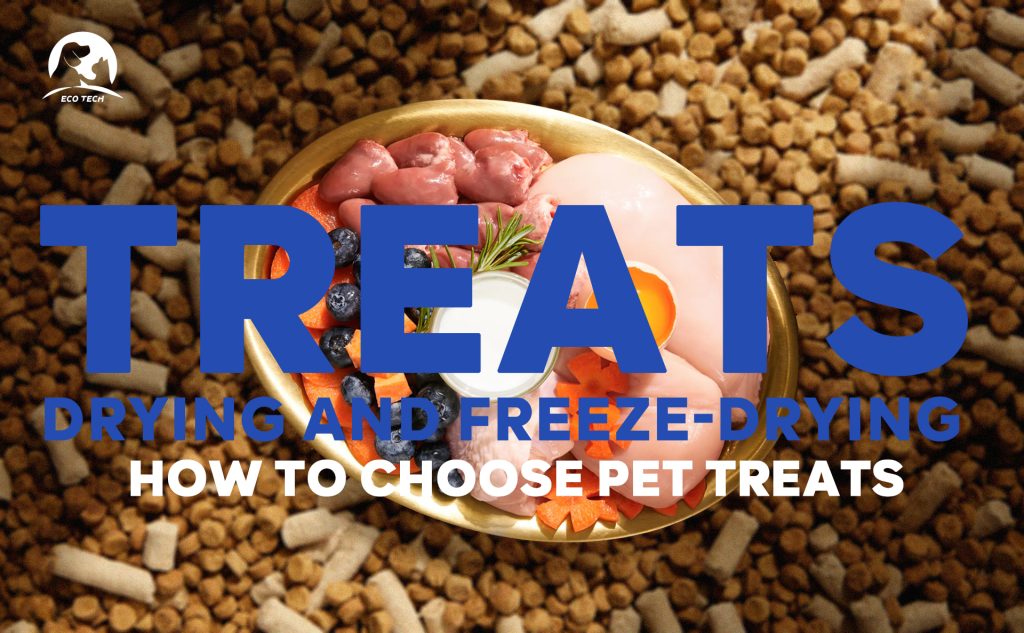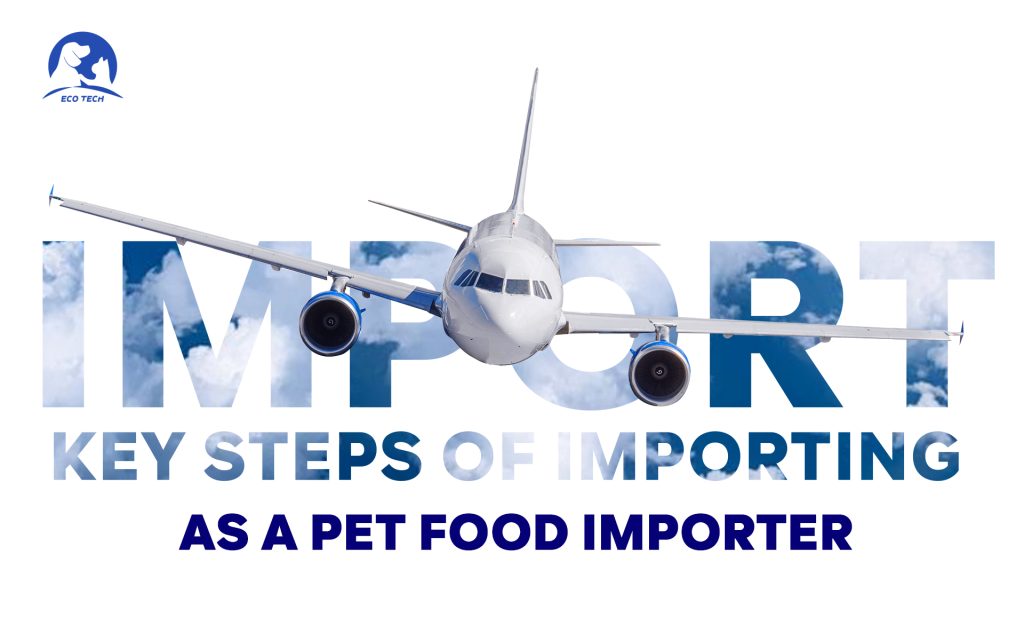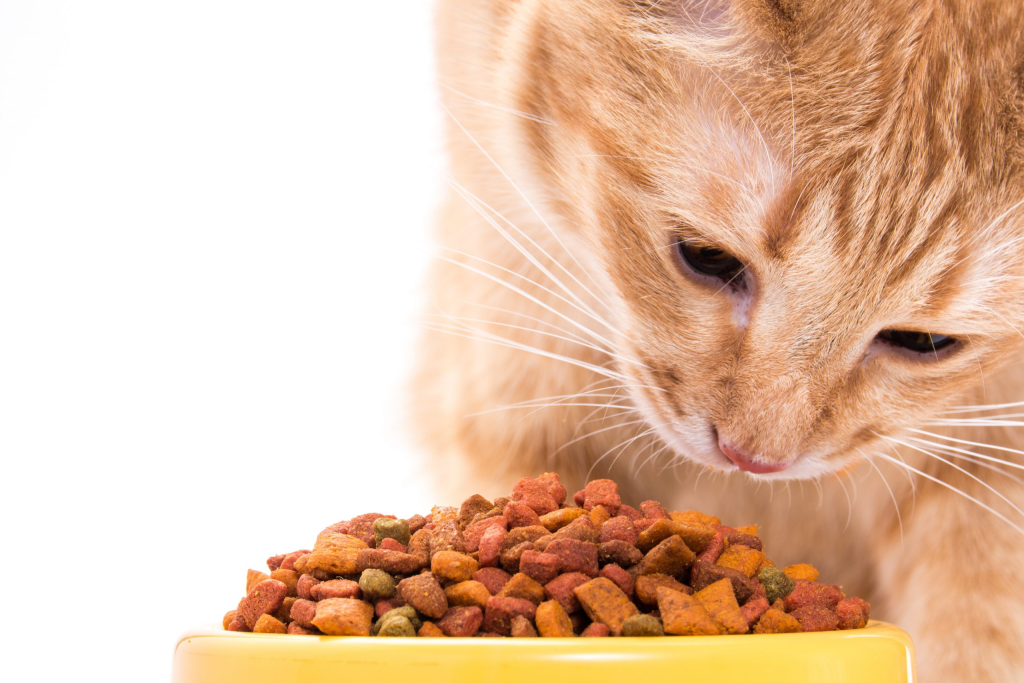Cat litter comes in various types, each with its own benefits and drawbacks. Here are the main types:
1. Clay Litter

Clumping Clay Litter
- Material: Bentonite clay
- Pros:
- Forms solid clumps when wet, making it easy to scoop and clean.
- Excellent odor control.
- Widely available and generally affordable.
- Cons:
- Can be dusty, which may cause respiratory issues for cats and humans.
- Not environmentally friendly as it is not biodegradable.
- Can be heavy to carry and dispose of.
Non-Clumping Clay Litter
- Material: Various types of clay (not bentonite)
- Pros:
- Good absorption of moisture.
- Often cheaper than clumping varieties.
- Available in most stores.
- Cons:
- Requires more frequent changes as it doesn’t form clumps.
- Can also be dusty.
- Not biodegradable.
2. Silica Gel Litter

- Material: Silica crystals
- Pros:
- Highly absorbent, often lasting longer than other types of litter.
- Excellent odor control.
- Low dust production.
- Cons:
- Can be more expensive than clay litters.
- Some cats might not like the texture of the crystals.
- Not biodegradable.
3. Biodegradable Litter

Paper Litter
- Material: Recycled paper, usually in pellet or granular form
- Pros:
- Highly absorbent.
- Dust-free and gentle on paws.
- Environmentally friendly and biodegradable.
- Cons:
- May not control odor as well as clay or silica.
- Can be more expensive than traditional litters.
- May need to be changed more frequently.
Wood Litter
- Material: Sawdust or wood pellets
- Pros:
- Natural odor control and pleasant scent.
- Biodegradable and compostable.
- Low dust production.
- Cons:
- Some cats may not like the texture.
- Can be less absorbent than other types.
- May be more expensive.
Corn, Wheat, and Other Plant-Based Litters
- Material: Corn, wheat, or other plant materials
- Pros:
- Biodegradable and often flushable.
- Good odor control and clumping ability.
- Low dust production.
- Cons:
- Can be more expensive.
- Some cats may have allergies to plant-based litters.
- Potential for mold growth if not kept dry.
4. Crystal Litter

- Material: Amorphous silica gel infused with oxygen and water
- Pros:
- Excellent moisture absorption and odor control.
- Low dust.
- Long-lasting compared to other types.
- Cons:
- Can be more expensive.
- Some cats might not like the texture.
- Not biodegradable.
5. Mixed or Combination Litter

- Material: A blend of different materials (e.g., clay and silica)
- Pros:
- Combines the benefits of multiple types of litter.
- Can offer good odor control and absorbency.
- Cons:
- Can be more expensive.
- May still be dusty depending on the mixture.
When choosing a cat litter, consider factors like your cat’s preferences, any allergies or sensitivities, environmental impact, and your budget. It might take some trial and error to find the perfect litter for both you and your feline friend.






